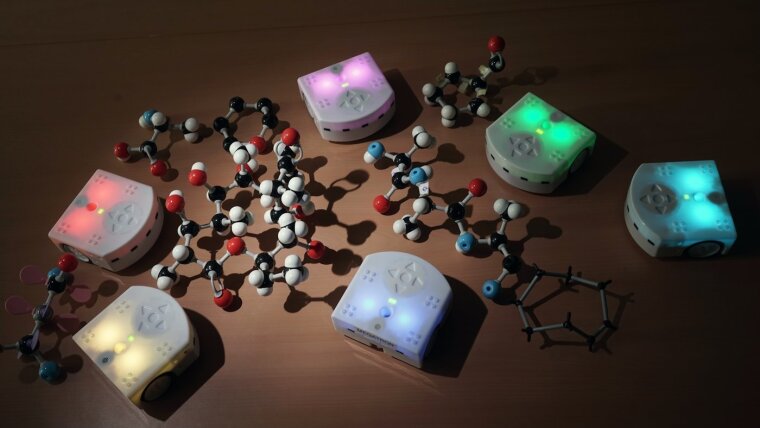
General Overview
The Department of Bioinformatics at the School of Biology and Pharmacy is devoted to a fruitful synergism between research and teaching. Topics cover a relatively wide range in Bioinformatics and Systems Biology. The main research topics are:
While algorithmic and basic issues are dealt with, the main focus is on applied research, mainly in view of medical and biotechnoligical applications. This includes age research, liver physiology, nutritional sciences, microbial biosyntheses, microbial communication and many others. The Dept. of Bioinformatics is involved in a number of third-party funded networks such as the JenAge centre (BMBF), Jena School of Microbial Communication (DFG), IMPRS Jena (Max Planck Society), and Virtual Liver Network (BMBF). The Department maintains numerous cooperations worldwide, e.g. with groups in Israel, the U.K., France, Slovenia, and the U.S.A.
Metabolism and Optimality Principles
Mathematical models are an important tool in biological and medical research. We use experimental and biochemical data to built dynamic models of various metabolic pathways, ranging from liver lipid metabolism to pathways relevant in pathogenic interactions. Moreover, to understand metabolism and its regulation we use e.g. dynamic optimization to obtain general optimality principles. The resulting models and principles can be used to understand the basis of diseases and guide the development of drugs. We work in close collaboration with experimental groups, because model development and validation is always an iterative process of simulation and experimental verification.
Game Theory and Cellular Dynamics
Using evolutionary Game Theory as well as biomathematics and bioinformatics methods we look into the interactions of bacteria and fungi with each other as well as the human immune system. We are studying which factors are fostering competition or cooperation, especially mutualism. In case of competition we are interested in the specific dynamics of defense and counter defense strategies.
Genes and Biomolecules
Each cell of an organism is able to react to changes in the environment on different layers, including gene expression changes, and different transcripts and protein structures. In order to investigate the behavior during different treatments (such as stress or aging), it is important to analyze the impact of genes and macromolecules.
Genes encoding for proteins can be predicted based on Open Reading Frames. However, several definitions of the term Open Reading Frame are in use, which causes difficulties in understanding between scientists. For this reason, we reviewed the different definitions and propose one of them as a unique definition.
When converting genes into transcripts (mRNA), often there are different possibilities how introns could be removed by the spliceosome. This is called alternative splicing and results in multiple transcripts from a single gene. The functionality of alternative splicing is not completely understood and the information is lacking especially in fungal species. To gain insights into the splicing process in fungal species, we analyze various RNA-Seq data of environmental stress conditions and infection-related processes.
The next following step is the investigation of proteins including their structure and liability to non-enzymatic modifications. Protein aging is part of the basic mechanisms of aging and provides insights into understanding its impact on our cells. In the long run, this research can improve the quality of life during aging and therapies for age-related diseases.